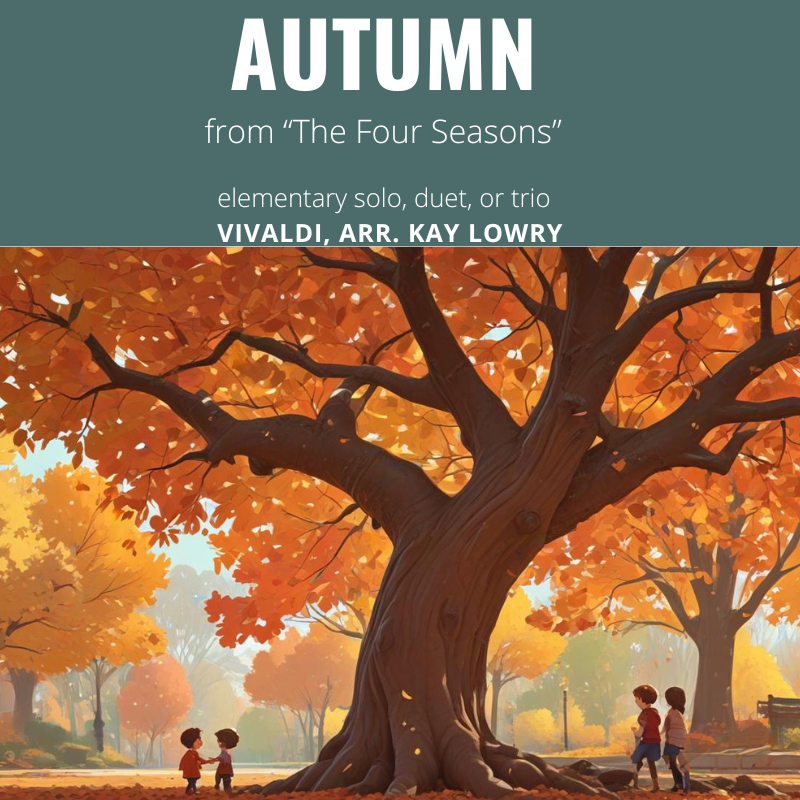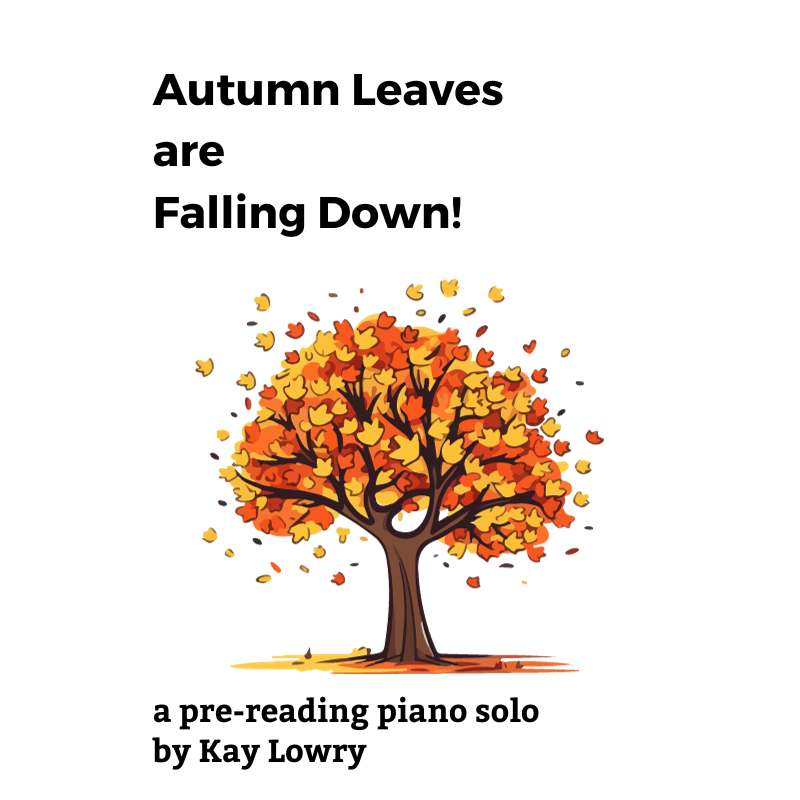Shopping for the New NFMC Bulletin: What I Learned and What You Should Consider
When the NFMC bulletin arrives in my mailbox, it feels like I’m gearing up for a treasure hunt. The bulletin, which is good for three years, marks the beginning of my planning process for the school year’s music. As soon as it landed in my hands, I knew it was game on!
Naturally, I dove into "shopper mode." But this year, I decided to approach it a bit differently—I jumped on a Zoom call with other teachers to discuss the repertoire. That conversation was eye-opening, and I’d love to share with you what I learned.
1) Educational Value + Student Appeal
As we compared notes on pieces we had previously taught, two themes kept coming up: educational value and student appeal. What are the students actually learning from this piece? And just as importantly, do they like it?
Ensuring that the music fits our studio’s curriculum plan is essential. Why purchase something if it’s way out of reach for the students in my studio? That’s why it’s important to strike the right balance between challenging and achievable—students should feel a sense of accomplishment, not frustration.
2) Reputation of the Composer
Here’s a confession: I often gravitate towards composers I already know. It’s a safe bet, right? But here’s where my own bias started to bother me. As a composer and creator myself, I want people to trust in my experience, instinct, and creativity. But if I don’t give new composers a chance, how can I expect others to do the same for me?
Also, by sticking to the same composers over and over, am I doing my students a disservice? Could I be missing out on fresh, exciting material that might resonate with them even more?
3) The Need to Review Before Buying
In today’s world, we’re spoiled by instant access to information, and that includes music. I realized that I’m much more likely to purchase a piece if I can see sample pages or hear an audio clip first. And I’m not alone in this. Teachers want to know what they’re getting into before they commit, and we want to perceive that a piece can be used flexibly in our studios—whether for multiple students, different levels, or various settings.
After considering all of this, I ended up ordering from both tried-and-true composers and a few new ones. Want to know how much I spent?
Here’s a hint: I only bought teacher copies, focused on books that could be used across multiple levels, and selected pieces for Primary levels since those are the students I’m currently working with. I covered Piano Solo, Hymn, and Popular categories.
Drum Roll Please: $170!
Including shipping, I spent $170 on music that I’ll be using for at least the next three years—possibly more. Now that’s a bargain!
Looking to Shake Up Your Studio?
If you’re on the hunt for something new, I highly recommend trying this innovative arrangement of "Autumn" from Vivaldi’s "The Four Seasons." It’s incredibly flexible—you can use it as an elementary solo, duet, or trio. And yes, I’ve included sample pages and audio for you to check out!
Especially for Beginners...
Last year, I wrote a little pre-reading song that’s perfect for kids who are familiar with the tune "London Bridge" and are just starting to learn the white keys. It’s a cute, approachable solo that I think your students will love
What About You?
What are your thoughts when it comes to buying music for your studio? Do you have any of the same considerations I do? I’d love to hear from you—leave a comment or send me a message. Let’s share our experiences and learn from each other!

